Tom's Hardware Verdict
While Seagate’s FireCuda 510 is fast, durable, and can handle most workloads you throw at it, the SSD is too expensive considering its older hardware.
Pros
- +
Solid overall performance
- +
Available in capacities up to 2TB
- +
5-year warranty
- +
Higher-than-average endurance ratings
Cons
- -
Small SLC write cache
- -
Blue PCB
- -
Costly
Why you can trust Tom's Hardware
On the hunt for something a bit faster to power your new gaming system, or are you just looking to upgrade your workstation with a reliable SSD? Either way, Seagate’s FireCuda 510 is a top candidate for nearly any task. The FireCuda 510 is a responsive M.2 NVMe SSD that can deliver your data at speeds of up to 3.45 GBps, is available in capacities of up to 2TB, and features incredible endurance figures. But, with a very high price per GB for what is rather common hardware, it’s hard to recommend over most of the Best SSDs on the market.
Seagate says it designed the FireCuda 510 specifically for professional gamers, but it isn't as purpose-built as the company would like you to think. Seagate bases most, if not all, of its consumer SSDs on Phison controllers. The FireCuda 510 is simply a Phison PS5012-E12 SSD with BiCS3 64-Layer TLC NAND flash. In reality Seagate simply put a little twist on Phison's firmware and stamped its logo onto the controller package. Now, there's nothing wrong with that. In fact, we see it as beneficial to the reliability of the SSDs that a world-leading SSD controller manufacturer is handling most of the work. So, not only will gamers reap the benefit of Seagate's FireCuda 510, but working professionals, too.
Specifications
| Product | FireCuda 510 500GB | FireCuda 510 1TB | FireCuda 510 2TB |
|---|---|---|---|
| Pricing | $99.99 | $187.99 | $363.99 |
| Capacity (User / Raw) | 500GB / 512GB | 1000GB / 1024GB | 2000GB / 2048GB |
| Form Factor | M.2 2280 D2 | M.2 2280 D2 | M.2 2280 D2 |
| Interface / Protocol | PCIe 3.0 x4 / NVMe 1.3 | PCIe 3.0 x4 / NVMe 1.3 | PCIe 3.0 x4 / NVMe 1.3 |
| Controller | Phison E12 | Phison E12 | Phison E12 |
| DRAM | DDR4 | DDR4 | DDR4 |
| Memory | Kioxia BiCS3 64L TLC | Kioxia BiCS3 64L TLC | Kioxia BiCS3 64L TLC |
| Sequential Read | 3,450 MBps | 3,450 MBps | 3,450 MBps |
| Sequential Write | 2,500 MBps | 3,200 MBps | 3,200 MBps |
| Random Read | 420,000 IOPS | 620,000 IOPS | 485,000 IOPS |
| Random Write | 600,000 IOPS | 600,000 IOPS | 600,000 IOPS |
| Security | Non-SED (TCG Pyrite) | Non-SED (TCG Pyrite) | Non-SED (TCG Pyrite) |
| Endurance (TBW) | 650 TB | 1,300 TB | 2,600 TB |
| Part Number | ZP500GM30001 | ZP1000GM30001 | ZP2000GM30001 |
| Warranty | 5-Years | 5-Years | 5-Years |
Features
Seagate rates the FireCuda 510 to deliver sequential performance of up to 3.45/3.20 GBps read/write and hit upwards of 620,000/600,000 random read/write IOPS. The drive boasts a 28GB dynamic SLC write cache for all models, which should be able to absorb most write workloads. Once the cache fills, however, write performance tends to degrade when writing directly to the TLC rather than SLC cache.
Available in capacities of 500GB, 1TB, and 2TB, Seagate's FireCuda 510 is available with enough capacity for most users. However, at roughly $0.18-$0.20 per GB, the FireCuda 510 comes at a premium over similar SSDs. At the time of publishing, Seagate prices the FireCuda 510 on par with the Corsair MP600, a Gen4 NVMe, and the SSD costs roughly $60 more than Silicon Power's P34A80 that boasts nearly-identical hardware and firmware.
At least the company backs the FireCuda 510 with a five-year warranty or, depending on the capacity, up to 2,600TB of writes. The SSD leverages 340bit/2KB Low-Density Parity-Check (LDPC) ECC to achieve its rated endurance and comes overprovisioned by roughly 9% to aid with bad block management and other background NAND management routines. Seagate’s 510 firmware supports Non-SED (TCG Pyrite) security and sanitize features as well as simple secure erasing via the UEFI. It does not support AES 256-bit hardware encryption, though.
Software and Accessories
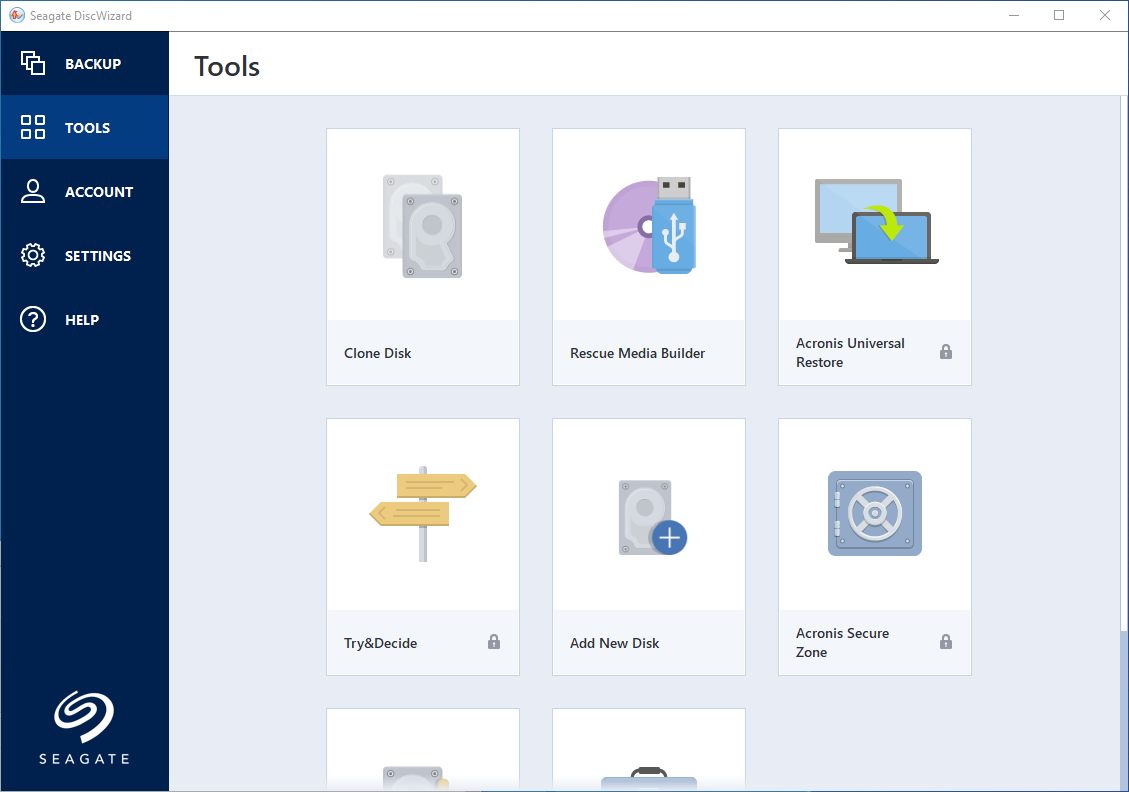
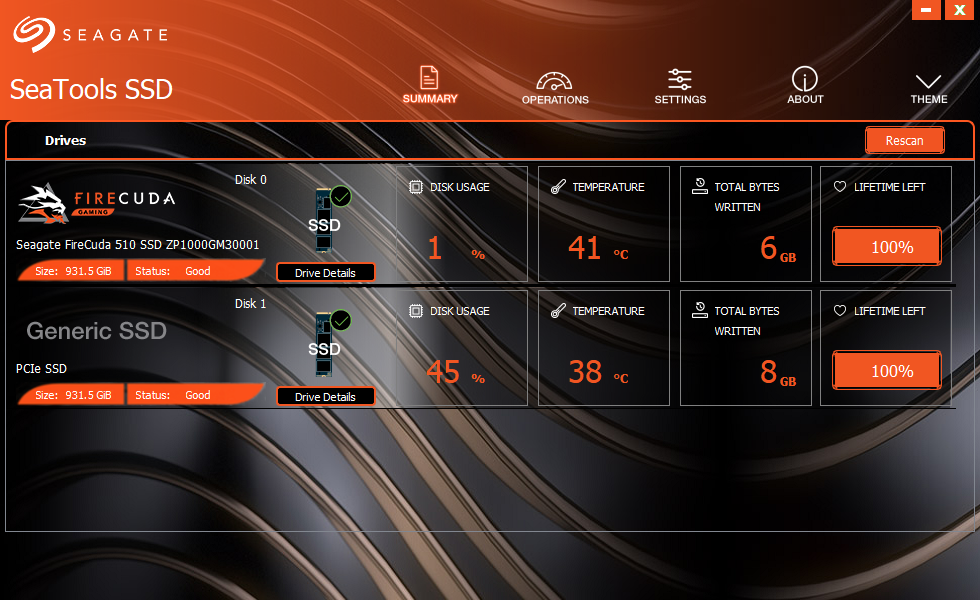
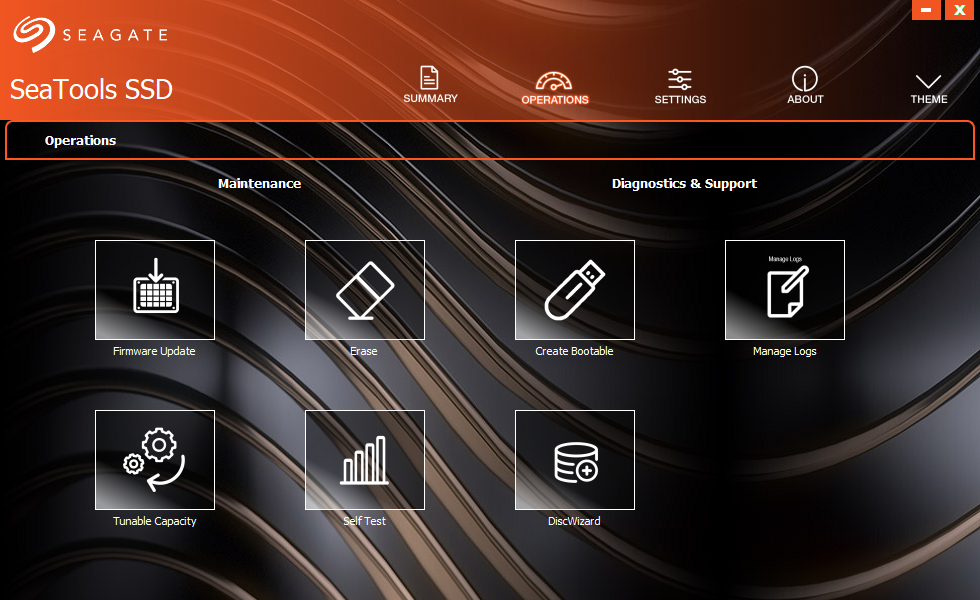
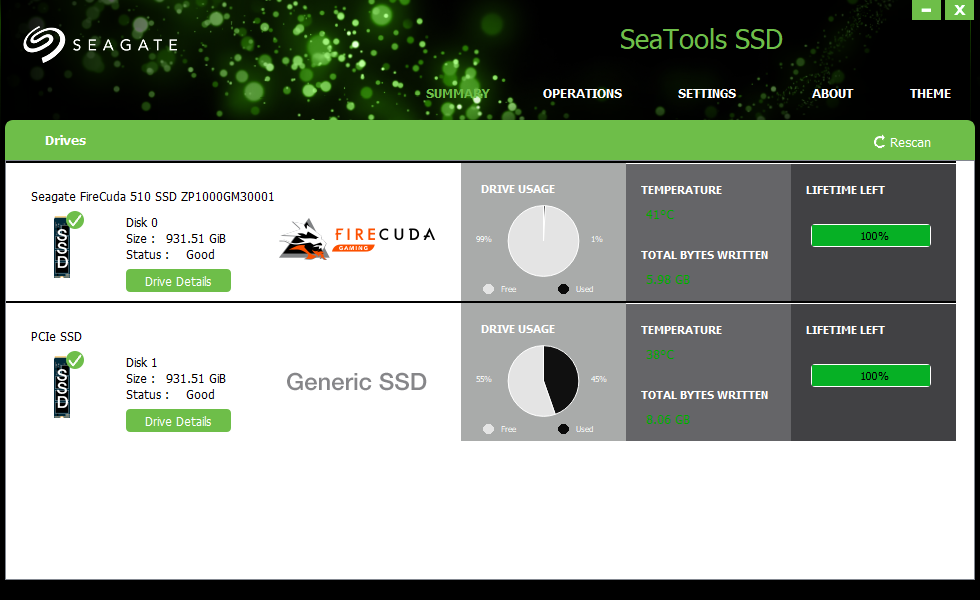
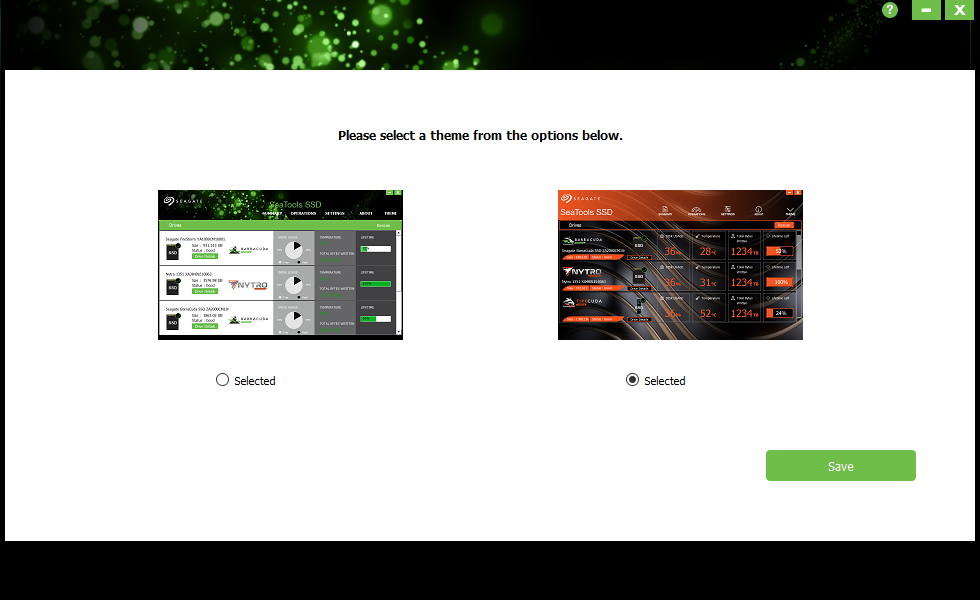
Seagate provides a few downloads with your purchase. Seagate DiscWizard is a cloning software based on Acronis True Image OEM. You can clone over your data or use it to create system backup images. Additionally, the company provides SeaTools, which is a quick diagnostic tool to check your drive’s health. Seagate’s SeaTools SSD CLI and GUI can aid you in monitoring S.M.A.R.T. data, diagnosing odd behavior, and even update your Seagate SSD’s firmware if a new version is released.
A Closer Look
Compatible with only single-sided SSDs, some of the thinnest Ultrabooks in the market may not fit Seagate’s FireCuda 510 as it comes in an M.2 2280 double-sided form factor, but it will fit in most desktop builds. However, while it may fit, the FireCuda 510’s aesthetics could use some work. While the sticker design is cool, the blue PCB takes away from the looks significantly. A black PCB would have been a nice touch considering the price.
Get Tom's Hardware's best news and in-depth reviews, straight to your inbox.


What the FireCuda 510 lacks in aesthetic appeal, it makes up for in performance and reliability. A Phison E12 PCIe 3.0 x4 NVMe 1.3 SSD controller (manufactured on a 28nm process node) leverages dual R5 CPU cores operating at 666 MHz each, as well as two lower-power coprocessors to more efficiently handle flash firmware routines. Thanks to this controller, Seagate’s FireCuda 510 supports end-to-end data path protection, Trim, thermal throttling, Active State Power Management (ASPM), Autonomous Power State Transition (APST), and the L1.2 ultra-low power mode, too.

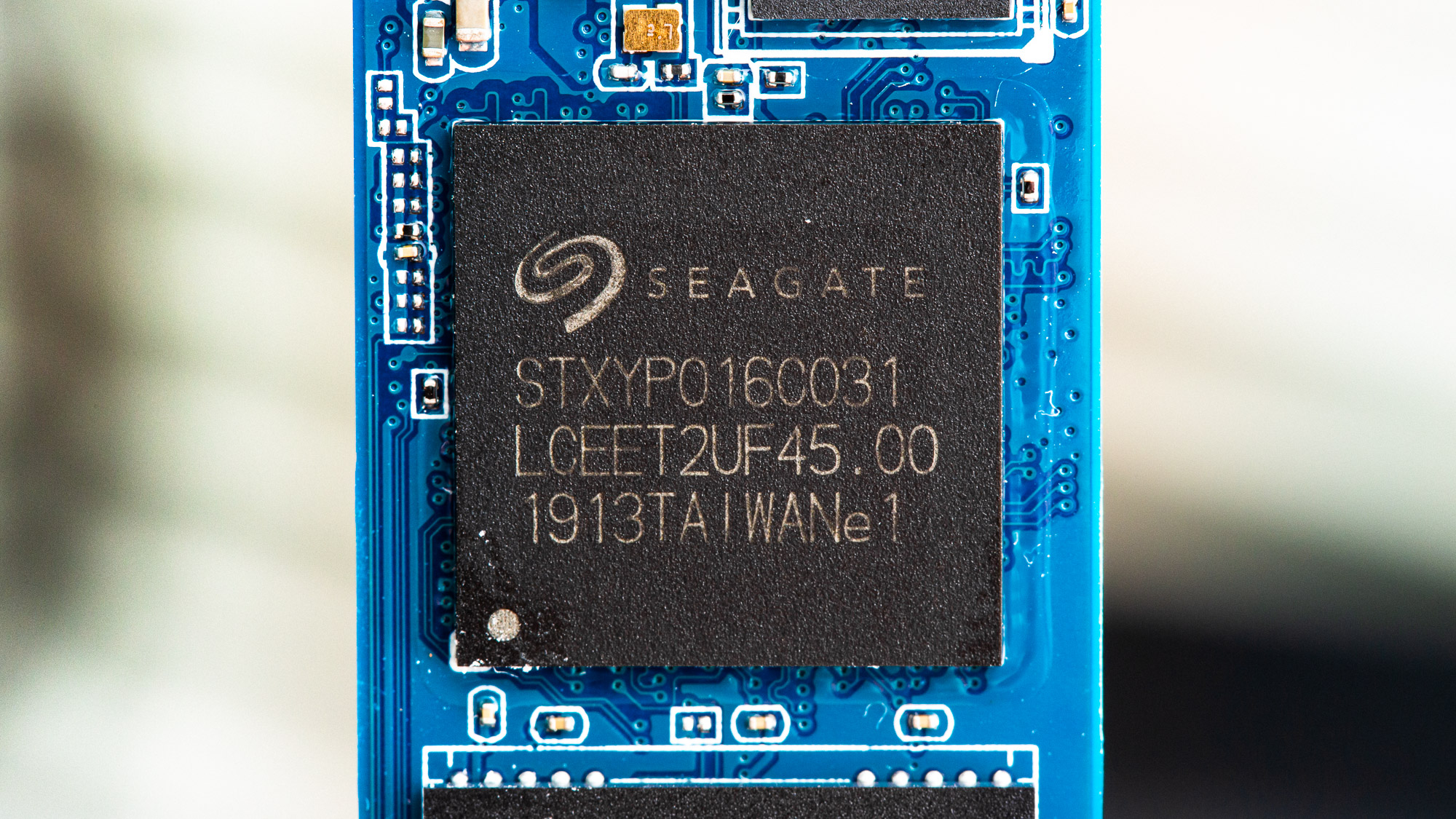
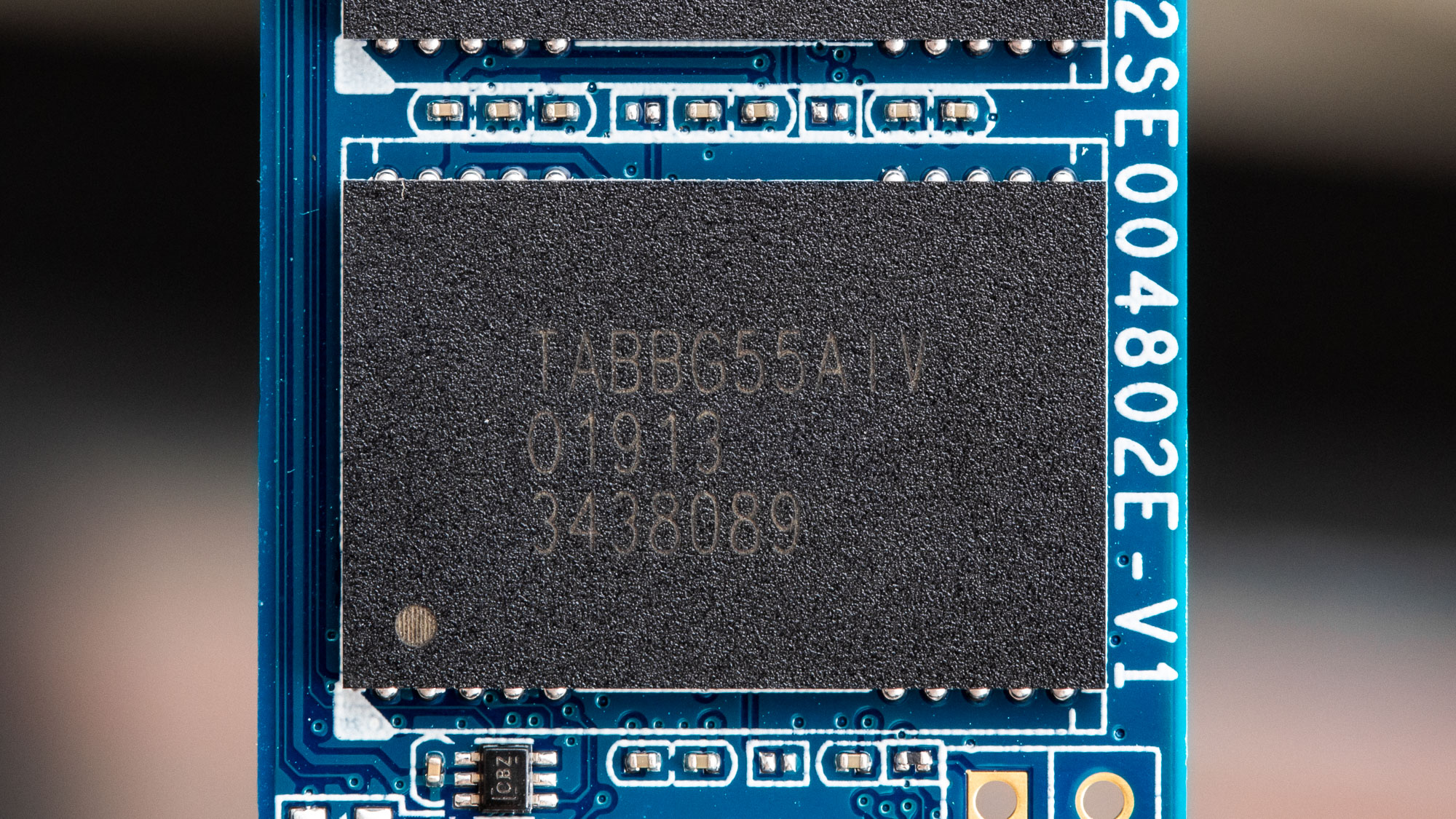

The E12 is built on a DRAM-based architecture, meaning it interfaces with DDR chips for caching the FTL mapping tables. Our 1TB sample has a 1GB SK Hynix DDR4 DRAM chip that runs at 1,600 MHz for the task. When it comes to the NAND, this Phison E12 interfaces with four NAND packages over eight NAND flash channels operating at 533 MT/s each. Seagate packed thirty-two dies (eight per package) of Kioxia’s 256Gb BiCS3 64-layer TLC NAND flash into the drive. With this NAND featuring a 2-plane design, the controller can access two parts of a single die at a time for better performance. However, competitors with Micron’s 64L and 96L TLC and QLC leverage quad-plane NAND designs which can enable a bit better performance, but are more expensive to manufacture.

Sean is a Contributing Editor at Tom’s Hardware US, covering storage hardware.
-
CatalyticDragon The color of the PCB counts against it but the fact that it's only PCIe3 doesn't? Weird.Reply -
seanwebster Reply
I don't see how that would count against it. Next-gen controllers haven't dropped yet. Most of the market is Gen3 based. Intel doesn't even support the Gen4 interface yet, either.CatalyticDragon said:The color of the PCB counts against it but the fact that it's only PCIe3 doesn't? Weird. -
evil_72 Reply
The lowliest of current generation of Ryzen 3k chips do though, such as the Ryzen 3300X @ $120.00 USD, which supports Gen 4 on the B550 motherboards, starting @ $89.00.seanwebster said:I don't see how that would count against it. Next-gen controllers haven't dropped yet. Most of the market is Gen3 based. Intel doesn't even support the Gen4 interface yet, either. -
seanwebster Reply
Yep, but if someone is buying low-end hardware, to begin with, they aren't going to splurge for Gen4 SSDs that cost a premium for very little advantage.evil_72 said:The lowliest of current generation of Ryzen 3k chips do though, such as the Ryzen 3300X @ $120.00 USD, which supports Gen 4 on the B550 motherboards, starting @ $89.00.